Imagine you’ve just baked a fresh batch of cupcakes or a beautiful layer cake. You’re ready to frost them, but there’s one problem: you’re unsure how to make that smooth, fluffy, and perfect buttercream frosting that will elevate your dessert. Don’t worry! You’re about to master this skill with an easy-to-follow guide that will have you whipping up the perfect buttercream frosting in no time.
Whether you’re a seasoned baker or just starting out, making buttercream frosting is one of the simplest yet most rewarding baking tasks. In this article, you’ll learn not only the basic recipe but also a few tricks and tips to perfect your frosting technique. Plus, we’ll cover some troubleshooting advice in case things don’t go exactly as planned. By the end, you’ll have the confidence to frost cakes and cupcakes like a pro.
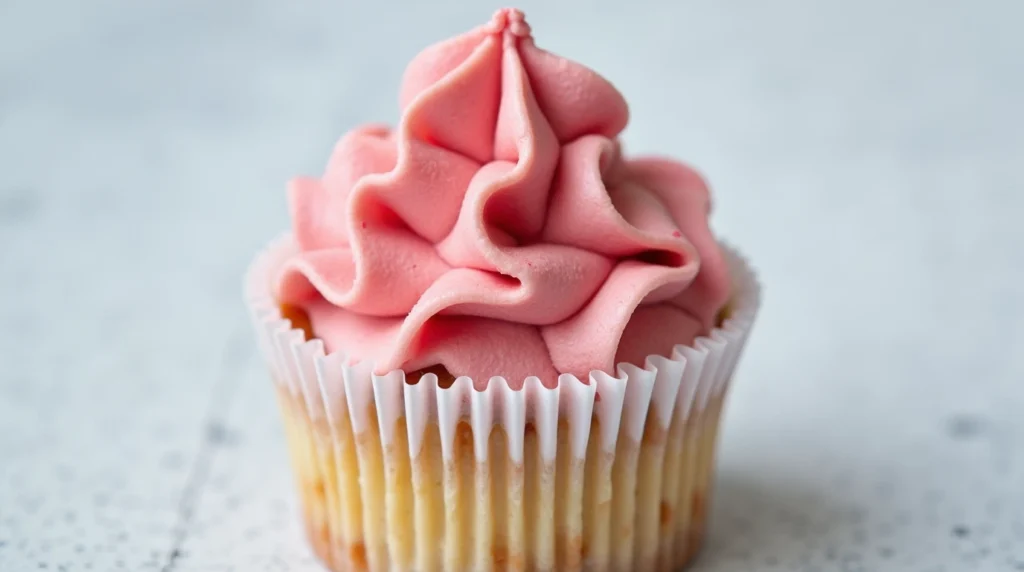
Ingredients You’ll Need for Buttercream Frosting
Before you get started, you’ll need a handful of ingredients. Don’t worry, these are easy to find and are likely already in your kitchen.
Essential Ingredients:
Here’s a clean and structured table for the buttercream frosting ingredients:
| Ingredient | Quantity | Purpose |
|---|---|---|
| Unsalted Butter | 1 cup (2 sticks) | Base for a creamy, smooth texture |
| Powdered Sugar | 3-4 cups | Sweetens and thickens the frosting |
| Vanilla Extract | 1-2 teaspoons | Adds flavor depth |
| Heavy Cream/Milk | 2-4 tablespoons | Adjusts frosting consistency |
| Salt (optional) | A pinch | Balances sweetness |
Now that you’ve got everything, let’s dive into the steps to create your perfect buttercream frosting.
Step-by-Step Guide on How to Make Buttercream Frosting
Making buttercream frosting is a simple process, but the key to perfect frosting is knowing the right technique. Here’s how you can do it.
1. Beat the Butter Until Light and Fluffy
The first step is to make sure your butter is softened. If it’s too cold, it won’t whip properly, and if it’s too soft, it might be too greasy. Leave your butter out at room temperature for about 30 minutes before starting.
Once it’s softened, place it in your stand mixer (or bowl if you’re using a hand mixer). Beat the butter on medium speed for about 3-5 minutes. This step is crucial for getting that light and fluffy texture that you want in your frosting.
Why This Step Matters: By beating the butter for several minutes, you’re incorporating air into it. This helps create a smooth, fluffy frosting texture. The more air you beat into the butter, the lighter and smoother your frosting will be.

2. Gradually Add Powdered Sugar
Next, gradually add your sifted powdered sugar, about 1 cup at a time. If you add it too quickly, the sugar will spill out, and you’ll end up with a mess. Keep the mixer on low speed while adding the sugar, then increase to medium once it’s all incorporated.
Continue to beat for 2-3 minutes until the mixture looks fluffy. If it’s too thick, you can add a tablespoon of heavy cream or milk to loosen it up.
Tip: Be sure to sift your powdered sugar to avoid any lumps in your frosting. This makes your frosting much smoother and more professional-looking.

3. Add Vanilla Extract and Salt
Now it’s time to add flavor! Stir in the vanilla extract. You can also add a small pinch of salt at this point. While salt might seem counterintuitive in a sweet recipe, it actually enhances the sweetness of the buttercream, balancing the flavors.

4. Adjust Consistency with Cream
At this point, your frosting should be thick but fluffy. If you need it to be a bit thinner, add a tablespoon or two of heavy cream. If it’s too thin, you can add more powdered sugar to thicken it up. Mix everything well until you achieve the desired consistency.
Consistency Tip: For piping, you want your buttercream to be slightly thicker. For spreading on cakes or cupcakes, a softer consistency works better.

Buttercream Frosting Variations
Now that you know how to make a classic buttercream frosting, let’s take it up a notch by creating a few variations that can be used for different types of cakes and occasions.
1. Chocolate Buttercream Frosting
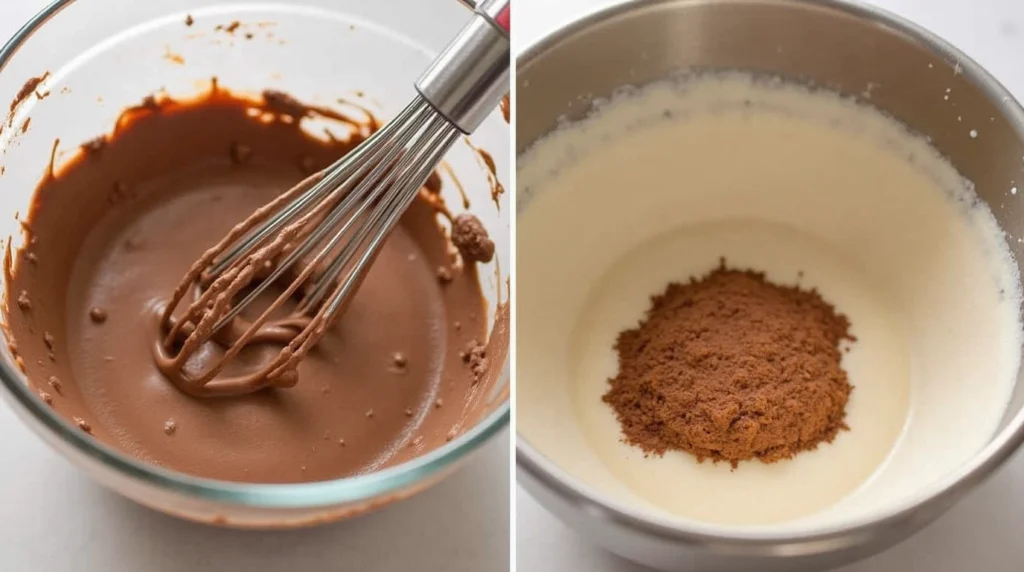
To make chocolate buttercream frosting, simply add cocoa powder or melted chocolate to the buttercream base.
- Cocoa Powder Version: Add about 1/2 cup of sifted cocoa powder to the powdered sugar as you mix.
- Melted Chocolate Version: Use about 4 oz of melted chocolate. Let it cool slightly before adding it to the buttercream mixture.
This variation is perfect for chocolate cakes, cupcakes, or brownies.
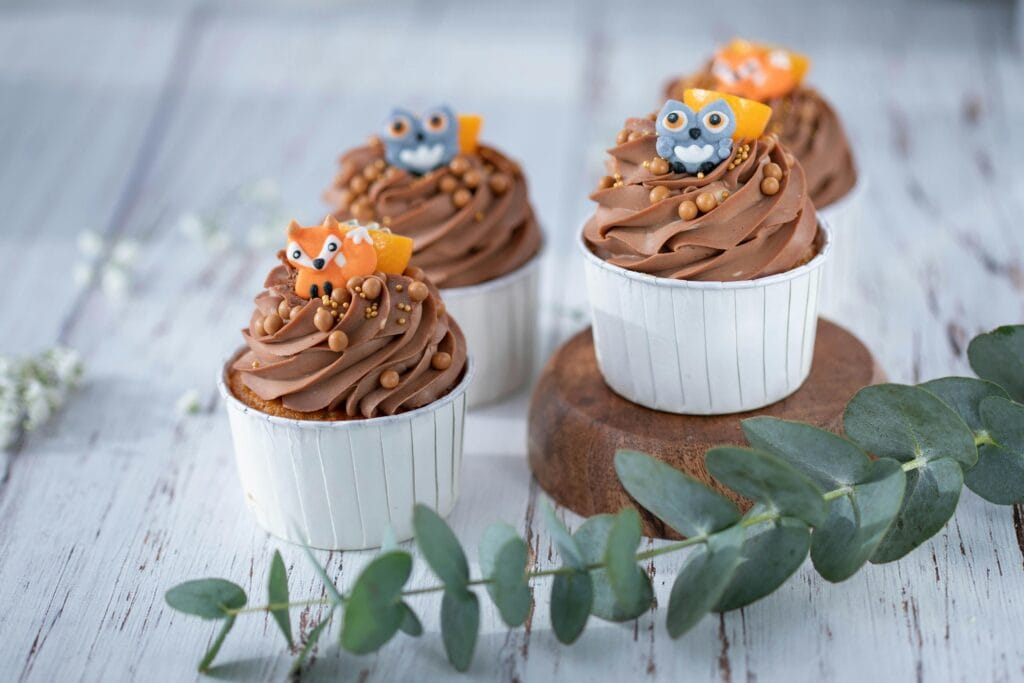
2. Cream Cheese Buttercream Frosting
If you love the tangy flavor of cream cheese, this variation is for you. Cream cheese buttercream frosting is often used for red velvet or carrot cakes.
- Add 8 oz of softened cream cheese along with the butter. This will give you a slightly tangy flavor while maintaining the creamy texture.
- Remember that cream cheese frosting is a little more delicate, so you might need to adjust the sugar and cream ratio.
3. Vegan Buttercream Frosting
Making buttercream without dairy? It’s easy to substitute with vegan ingredients.
- Use vegan butter and non-dairy milk (like almond or coconut milk).
- The method remains the same—just make sure to check the consistency before adding any extra milk.
Vegan buttercream works beautifully for any vegan cake or cupcake recipe.
Common Buttercream Frosting Problems and How to Fix Them
It’s not unusual to run into a few problems while making buttercream frosting. Here’s how you can fix the most common issues.
1. Grainy or Lumpy Texture
If your frosting is grainy or lumpy, it’s likely due to undissolved sugar. Make sure to sift your powdered sugar before adding it to the butter. Also, try beating the frosting for a few more minutes to help smooth it out.
2. Too Soft or Runny Frosting
If your frosting is too runny, you’ve probably added too much cream. You can fix this by adding more powdered sugar, a little at a time. Also, try chilling the frosting for about 15 minutes if you’re planning to pipe it.
3. Overly Sweet Frosting
If your buttercream is too sweet, a pinch of salt can help balance it out. You can also reduce the amount of powdered sugar next time for a more subtle sweetness.
Tips for Decorating with Buttercream Frosting
Once you’ve perfected your buttercream frosting, it’s time to start decorating!
1. Piping Techniques
If you want to pipe intricate designs, make sure your frosting is firm enough to hold its shape. Use a piping bag with a tip like a star, round, or petal tip to create beautiful rosettes, borders, or swirls.
2. Smooth Layers
For a smooth and even layer of frosting on your cake, use a straight-edged spatula or an offset spatula. Spread a thin layer of frosting first (this is called a crumb coat) to seal in any crumbs, then apply a final, smooth layer.
3. Fun Decorations
You can even add sprinkles, edible glitter, or fresh fruit on top for an extra burst of color and texture.

How to Store Buttercream Frosting
You don’t have to make buttercream frosting just before serving. You can make it ahead of time!
- In the Fridge: Store your frosting in an airtight container in the fridge for up to 1 week.
- In the Freezer: Buttercream can be frozen for up to 3 months. When you’re ready to use it, let it thaw in the fridge overnight and then whip it again to bring it back to the right consistency.
FAQ: Buttercream Frosting
Can I use salted butter instead of unsalted butter?
Yes! If you use salted butter, simply omit the extra pinch of salt in the recipe to balance the flavor.
How can I make my buttercream whiter?
To achieve a whiter buttercream, try these tips:
-Use a high-quality, pale butter.
-Whip the butter longer before adding sugar to incorporate more air.
-Add a tiny drop of purple gel food coloring to counteract the yellow hue.
How do I fix runny buttercream frosting?
If your frosting is too thin, try these solutions:
-Add more powdered sugar, a little at a time, until it thickens.
-Refrigerate the frosting for 15-20 minutes to firm it up.
-If too much liquid was added, balance it by incorporating more butter or sugar.
Can I make buttercream frosting in advance?
Yes! Store it in an airtight container:
–In the fridge: Up to 1 week. Let it come to room temperature and rewhip before using.
–In the freezer: Up to 3 months. Thaw overnight in the fridge, then rewhip.
Why is my buttercream grainy?
Grainy frosting is usually caused by:
-Not sifting the powdered sugar before mixing.
-Butter being too cold and not fully incorporating with the sugar.
-Overmixing, which can cause the sugar to separate.
How can I make buttercream less sweet?
To reduce sweetness:
-Add a pinch of salt to balance flavors.
-Use less powdered sugar and slightly more butter.
-Mix in a bit of cream cheese for a tangy contrast.
Can I color buttercream frosting?
Yes! Use gel food coloring for vibrant colors without affecting consistency. Avoid liquid food coloring, as it may make the frosting too runny.
What’s the best way to pipe buttercream?
-Use a piping bag with different tips (star, round, petal) for various designs.
-Chill the frosting slightly before piping for better hold.
-Practice piping on parchment paper before decorating cakes or cupcakes.
Can I use milk instead of heavy cream?
Yes! Milk, half-and-half, or non-dairy milk alternatives work, but heavy cream gives the best texture.
How do I make buttercream hold its shape in warm weather?
-Use half butter and half shortening for more stability.
-Chill the cake or cupcakes before serving.
-Add 1-2 tablespoons of cornstarch to help firm up the frosting.
Conclusion
Congratulations! You’ve now learned how to make the perfect buttercream frosting, plus how to troubleshoot and make some delicious variations. Whether you’re decorating cakes, cupcakes, or cookies, this buttercream recipe will make your baked goods truly shine. Don’t be afraid to experiment with different flavors and decorations—your creativity is the limit!
Ready to start baking? Try out the recipe, and don’t forget to share your creations with family and friends. Frosting is one of the most fun and rewarding parts of baking, and now you’re fully equipped to make it flawlessly.
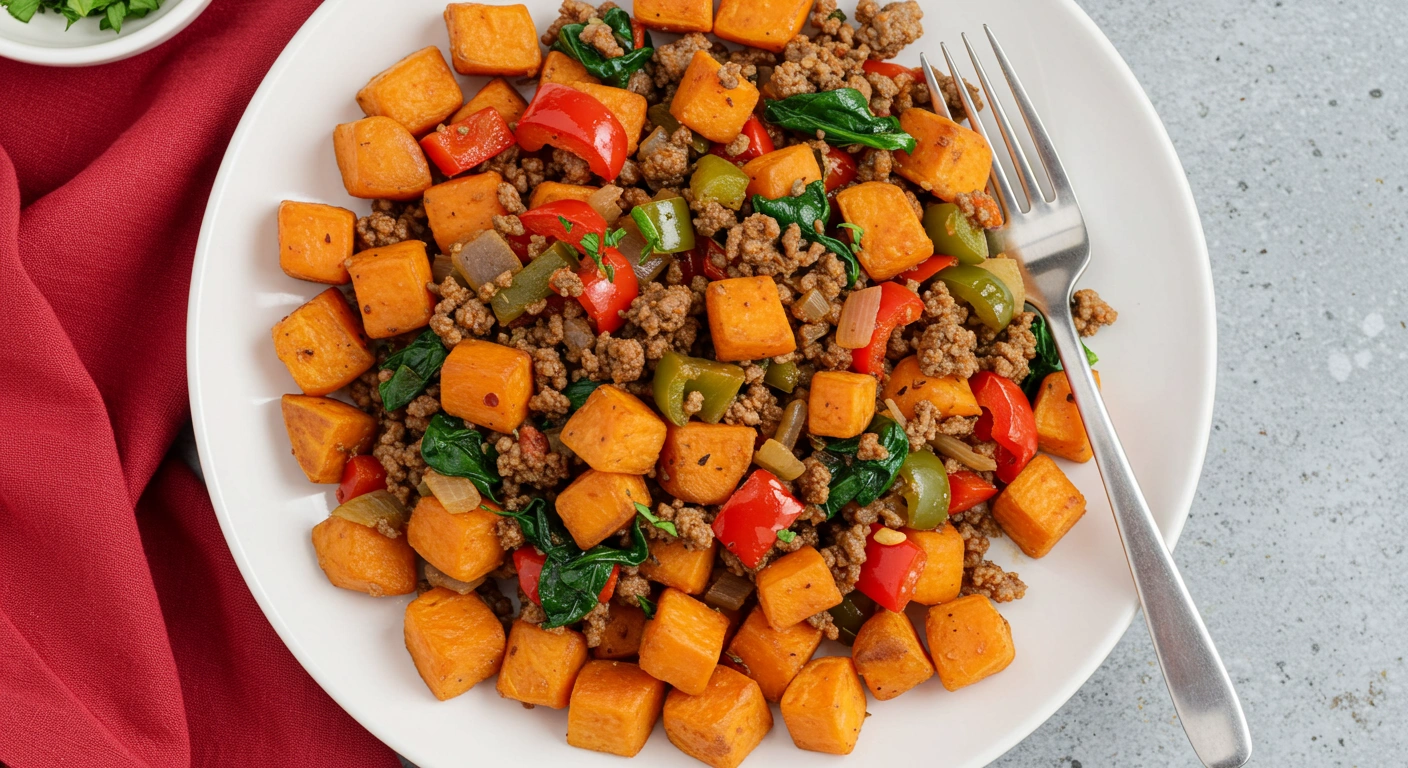
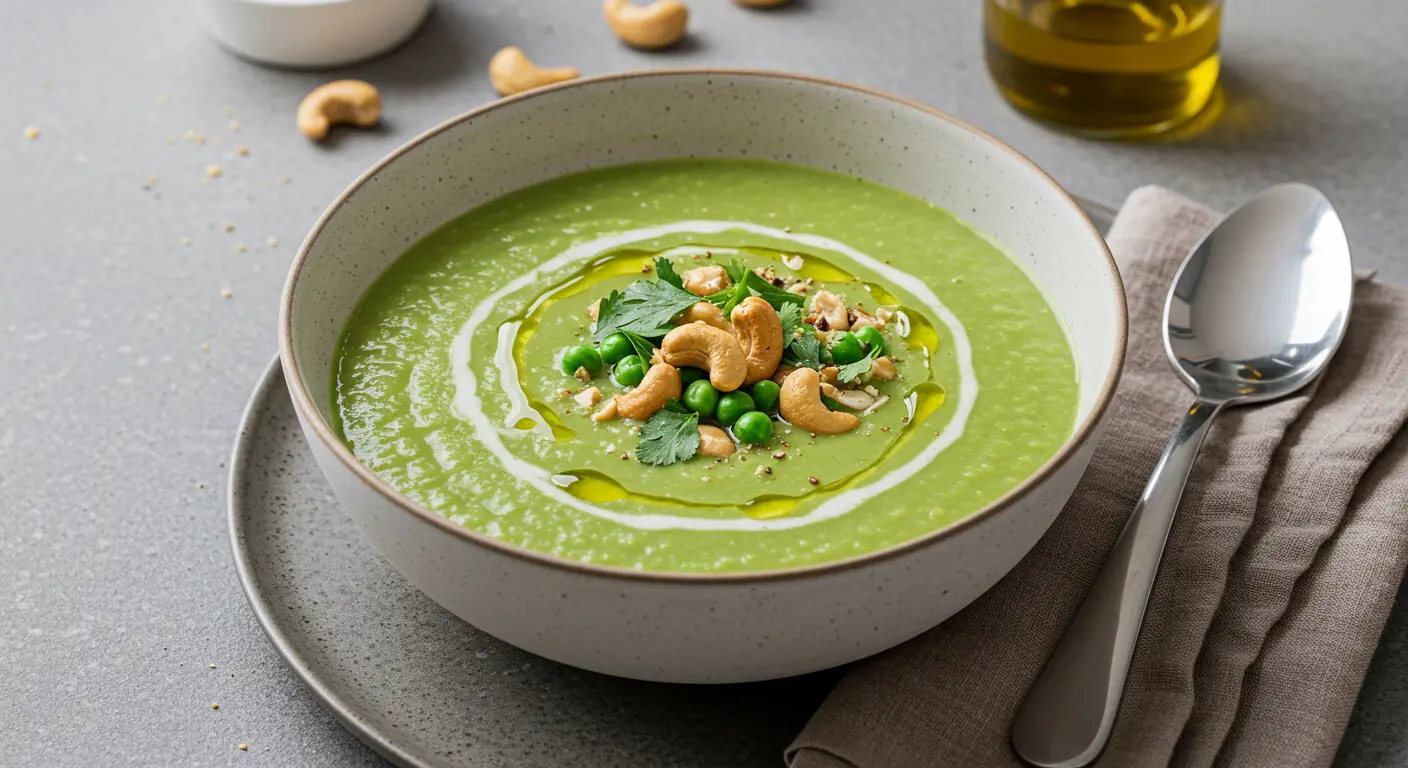
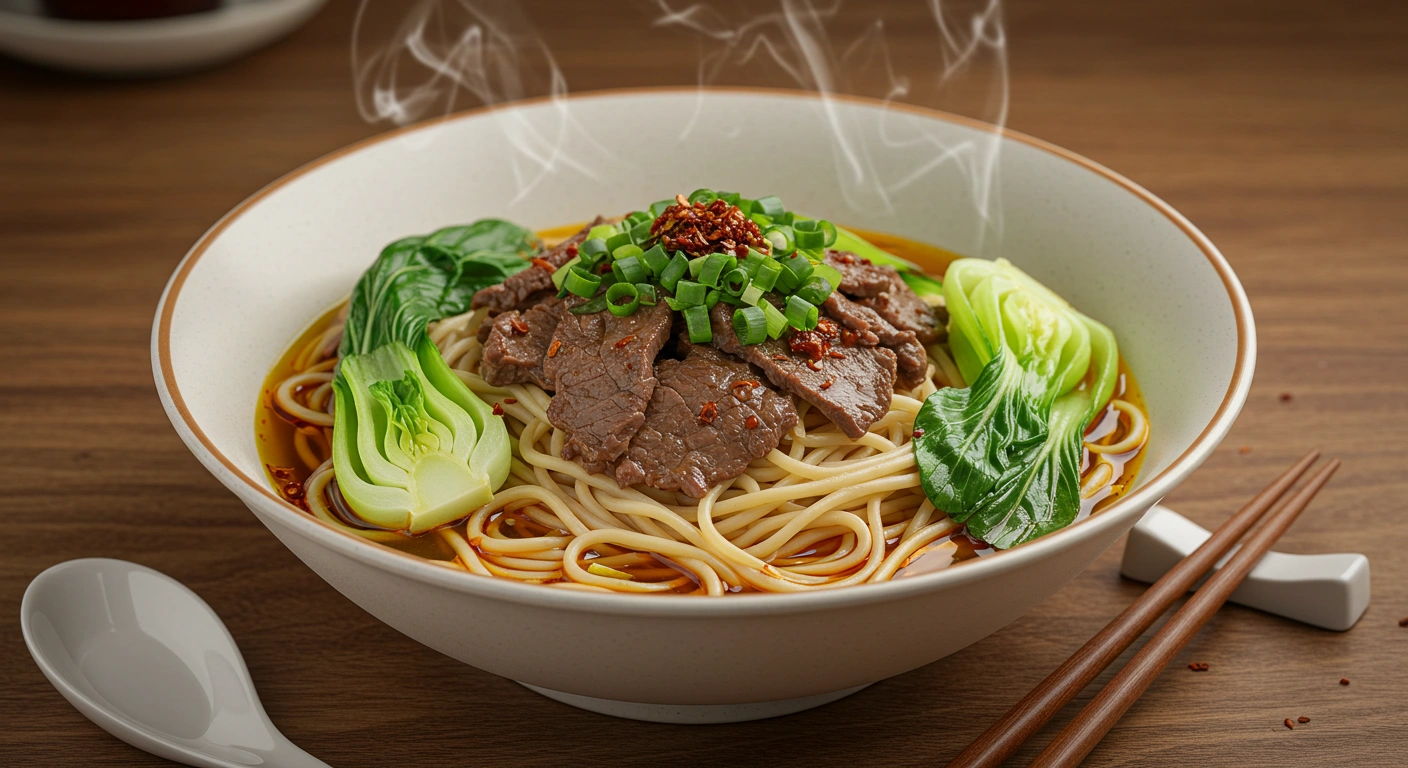
2 thoughts on “How to Make Buttercream Frosting: The Perfect Recipe In Just 10 mins”